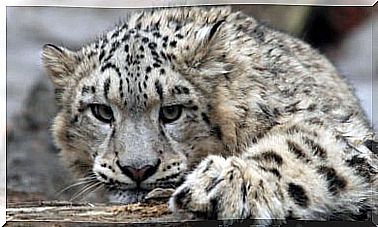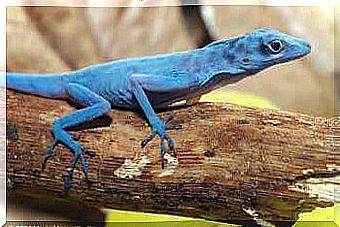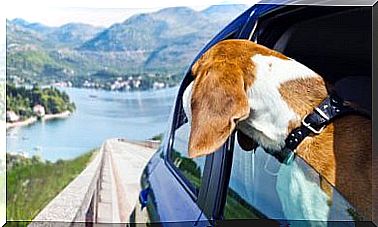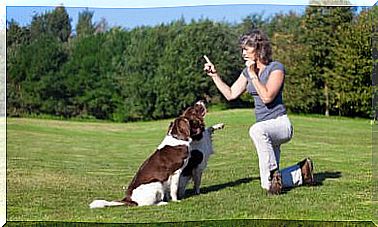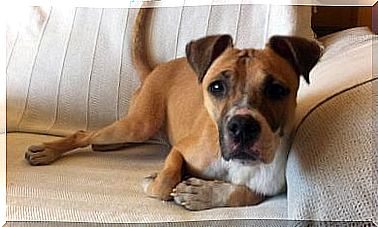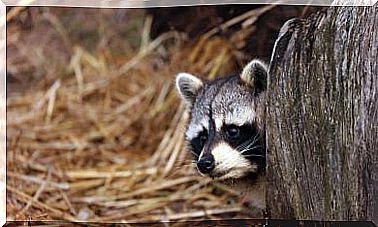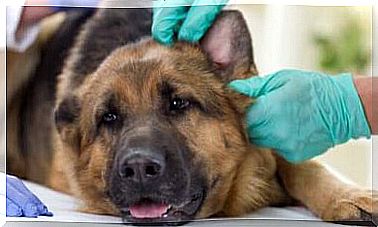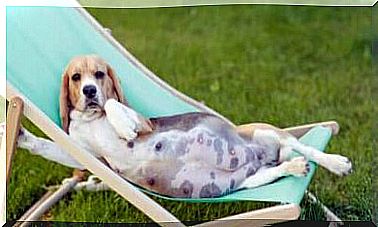Scared Horse: What To Do In This Situation?
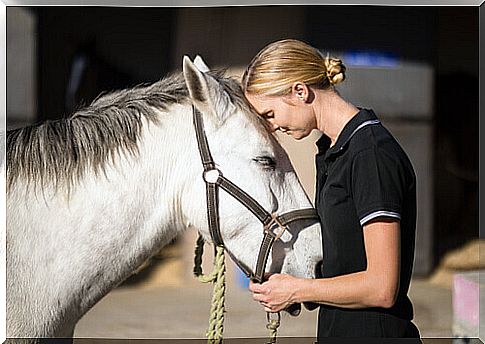
Calming a frightened horse is a valuable skill for lovers and fans of sports or therapy with horses. Today, we offer practical advice on how to respond to these situations.
Horses are sensitive and fearful
Horses are very sensitive and noticeable animals, with a great capacity for expression. Whether through their facial expressions, the movement of their ears, tail and head, through sounds, etc.
Horses are communicating with the environment and with each other all the time, even though humans don’t always realize it.
This intense sensory ability means that horses can easily detect changes in their surroundings. Therefore, despite their sociability, they are scary and suspicious animals.
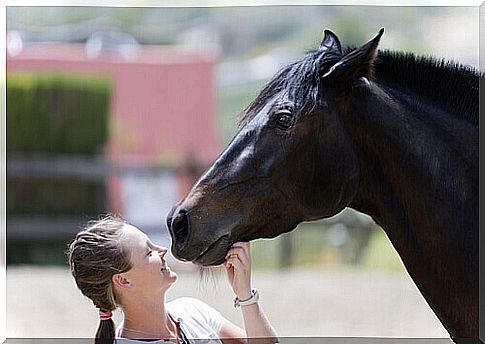
What are the causes of fear in a horse?
Horses are usually afraid or anxious about unfamiliar situations over which they cannot have control. Often, small, sudden and harmless stimuli can make them afraid.
Some, for example, are frightened by their own shadow. Adult horses can run away from the sudden movement of a small animal.
In fact, there are a multitude of possible causes for the fear that afflicts a horse. It all depends on the situation, the specific context and the environment to which you are exposed. In addition, each animal may react differently depending on its age and level of training.
How to recognize a scared horse?
Horses can detect fear through all the senses: sight, smell, hearing and touch. Therefore, show your emotions with your whole body.
1. Ears
Horses’ ears say a lot about their state of mind, as these animals have privileged hearing.
A frightened horse has its ears fixed and turned back. On the other hand, if one ear is oriented forward and the other backward, it means uncertainty.
It is important not to confuse the fear signal with going to, as they are similar signals. An angry, kicking horse has its ears straight back.
2. Tail
Another very expressive part of horses is the tail. Horses “hide” their tail between their legs when they are scared, much like dogs do.
3. Facial Expressions
Scholars of equine behavior say that horses, when frightened, “squeeze” their mouths and flare their nostrils. They may also show wrinkles on their “forehead”, right above their eyes, as a sign of worry, frowning, like humans.
4. Characteristic sounds
Horses emit eight characteristic sounds: snort, whinny, salute, squeak, roar, puff, mother sound, and courtship sound. They may whinny constantly when they are excited or agitated.
Also, these animals can get up quickly and run away when they feel scared. Therefore, it is very important to educate them before riding them.
Step by step to easily calm a frightened horse
1. Approach the startled horse slowly and gently:
Avoid sudden movements and noises when moving. And never go near a place out of sight of the animal, for example, behind the animal.
2. Discover the cause of fear:
Horses are often frightened by movement, shadow or the simple presence of small animals. The same goes for unknown, noisy or bright objects.
Typically, the horse will be staring at what causes curiosity or fear.
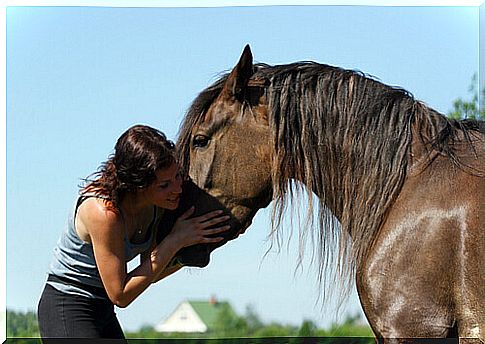
3. If it is an object:
It is easier to proceed in these cases. Just bring the object gently and slowly to the horse, showing that it is harmless. If the object emits strong noises or lights, the ideal is to turn it off and distance it from the animal.
4. If the horse was startled by the presence of an animal:
You need to be more careful with these situations.
If it is a domestic or sociable animal, you can proceed in a similar way to the object. Encourage the animal to gently approach the horse and to interact normally. You should never force a frightened horse to act against its will.
5. When you are riding a scared horse:
It is recommended to caress your neck or massage close to the hair roots in the same place. You can also stroke under his ears to calm him down.
6. When you are not riding the horse:
Ideally, approach the horse slowly while speaking softly. When in front of the animal, massage or rub the sensitive area.
Snacks such as carrots or sugar cubes (in moderation) may also be offered.
The most important thing in the face of a scared horse is to stay calm. Calming him down is a matter of skill, patience and dedication.
